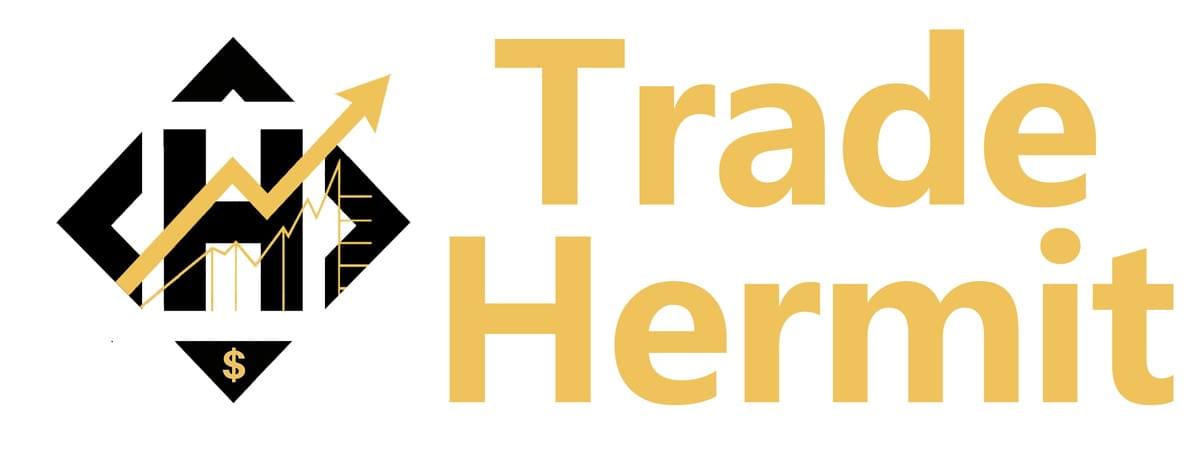On Monday, July 29, design software unicorn Figma is set to debut on the U.S. stock market under the ticker symbol FIGI. The company plans to issue 37 million Class A shares, pricing between $25–28 per share, implying a valuation of up to $16.4 billion. This IPO not only marks Figma’s evolution from a failed Adobe acquisition target to an independent public company—it also underscores a broader shift in design software from niche functionality to enterprise-grade collaboration platforms.
I. Background: From Adobe’s $20B Bid to a Standalone Ascent
The story begins in September 2022, when Adobe offered $20 billion to acquire Figma in a move to neutralize its rising threat in collaborative design. At the time, Figma had already begun eating into the market share of Adobe XD, fueled by its na
tive multi-platform support and real-time multi-user editing—a must-have for tech companies' distributed product teams.
However, the deal was ultimately blocked by EU and UK regulators on antitrust grounds. On the surface, it was a legal roadblock; beneath, it was a signal: Figma had built a structural advantage in collaborative design that even Adobe couldn’t unseat. Adobe walked away with a $1 billion termination fee.
In response, Figma accelerated its independence: CEO Dylan Field launched equity buybacks for employees, rolled out fresh option grants to retain talent, doubled down on AI R&D, and redirected the $1B breakup fee into a “war chest.” Now, it’s going public with a clear goal—to justify its original $20B valuation through financial performance, not acquisition hype.
Figma's IPO is underpinned by a compelling set of metrics that stand out even in a cooling SaaS environment:
Hyper Growth with Profitability
- $821M in LTM revenue (+46% YoY)
- Non-GAAP operating margin of 18%; free cash flow margin of 28%
- Gross margin at an impressive 91%, reflecting high product standardization and IP leverage.
- Healthy Expansion Model
- Revenue growth (46%) + Op Margin (18%) = 64%, far above the “Rule of 40” benchmark.
- Enterprise Stickiness
- Net revenue retention at 132%
- 1,031 customers with >$100K in annual contracts (+47% YoY), including Netflix, Microsoft, and even Adobe
- Penetration: 95% of Fortune 500, 78% of Forbes Global 2000—extremely high switching costs.
User Ecosystem Explosion
- 13M+ MAUs, two-thirds of which are non-designers
- 85% of users are international; 53% of revenue comes from overseas.
- Crucially, Figma is no longer just a “design tool.” It has evolved into a collaborative workspace platform used for design, product planning, and cross-functional alignment—a second growth curve typical of mature SaaS leaders.
III. IPO Mechanics: Why Figma Opted for a Capped Bidding Process
Unlike traditional IPOs, Figma is using a limite
d price bidding model, where investors must submit their desired purchase price, with lowball offers at risk of missing out. This approach signals discipline:
Historical Precedents
- Airbnb and Databricks employed similar structures to allow long-term investors—not short-term traders—to determine the opening price.
- Strategic Intent
- Figma may be seeking to avoid wild post-IPO price swings and establish a valuation floor. If demand is high, pricing may exceed the $28 cap—potentially re-validating Adobe’s original $20B offer. If tepid, the model filters out speculative capital in favor of long-term believers.
In essence, this is a market referendum: "Will you back our $20B story with real capital?"
IV. Industry Tailwinds: Why Design Tools Are the New Software Infrastructure
Figma’s lofty valuation is not unsupported—it rides on two powerful macro trends:
AI is Lowering the Technical Barrier
- Gen-AI enables non-designers to become creators. Demand for intuitive, collaborative design tools is accelerating.
- Enterprise Software Is Becoming Visual & Collaborative
- IDC projects over 1B new apps by 2028. Each requires rapid design, prototyping, and team coordination—Figma sits at the nexus of this shift.
- Gartner estimates $1.2 trillion in global software spend by 2025. Of that, design-related tooling already commands a $33B market—poised to reach $144B by 2029. Figma is strategically positioned at the interface of this expanding digital universe.
V. Long-Term Bets: Blockchain and Web3 Integration
Figma is also making quiet but significant moves toward future-proofing its ecosystem:
Blockchain-Enabled Equity
- While not yet launched, Figma has outlined intentions to issue tokenized equity—hinting at a future of decentralized plugin marketplaces and collaborative royalties.
- Bitcoin ETF Holdings
- As of March 2025, Figma holds $69.5M in BTC ETFs and plans to invest up to $30M more. This is not just hedging—it’s a branding move aimed at aligning with Web3-native users and decentralized collaboration models.
These may seem forward-looking now, but if blockchain-based creator economies gain traction, Figma could become a foundational layer of digital production infrastructure.
VI. Risks: The Four Shadows Over a $20B Valuation
Despite strong fundamentals, four key risks cast a shadow over Figma’s IPO:
Valuation Expectations Are Sky-High
- A 20x revenue multiple (based on $16.4B valuation and $821M revenue) requires continued rapid growth and expanding margins. Any slowdown could trigger a sharp repricing. Notably, its January 2024 internal buyback was based on a $12.5B valuation—23% below today’s range.
- AI Could Disintermediate the Design Layer
- Gen-AI tools can generate UI and code without passing through Figma’s workflow. Figma’s response—embedding AI in its tools—still needs to prove that it can maintain its role as the core design OS.
International Exposure Brings Complexity
- With over 50% of revenue overseas, Figma must navigate FX risk, data localization, and regulatory fragmentation—especially in the era of digital sovereignty.
- Transparency & Governance
- As an emerging growth company, Figma benefits from certain SEC disclosure exemptions. A portion of IPO proceeds will also go toward repaying bank debt, raising potential concerns around capital use and governance alignment.
Final Word: Figma’s Valuation Battle Has Just Begun
Figma’s IPO is more than just a capital raise—it’s a litmus test fo
r its $20B narrative. Can it deliver sustained growth in the face of AI disruption? Can it continue to globalize without tripping on regulatory landmines? Will enterprise users stick as workflows evolve?
From Adobe’s acquisition target to IPO debutant, Figma has proven resilience and vision. Now it must prove something even harder: that the market should believe its future is worth $20 billion—today.
*For more information about signal stack resources, please follow:
https://t.me/TradeHermitMain
https://t.me/TradeHermitResearch
https://t.me/TradeHermitEdu
Your trusted source for professional analysis and trading knowledge.

